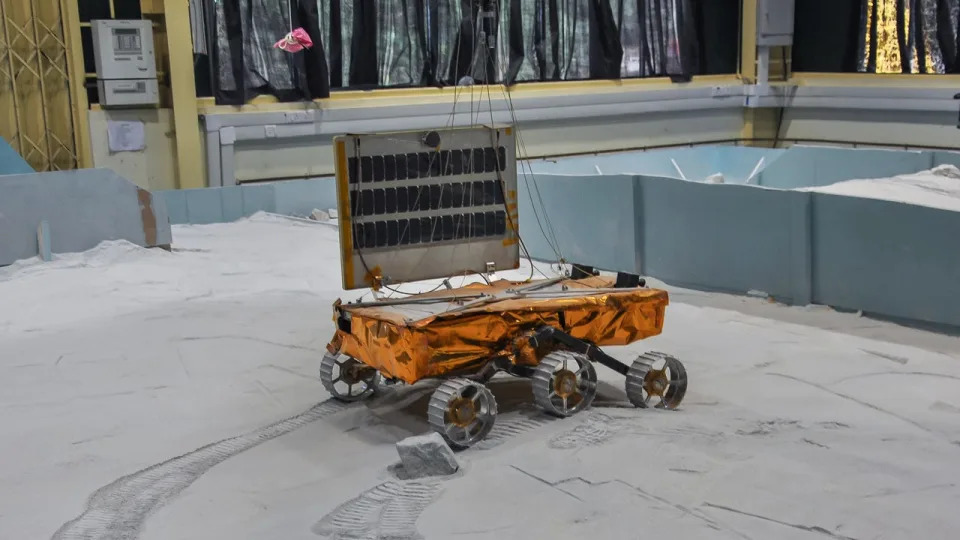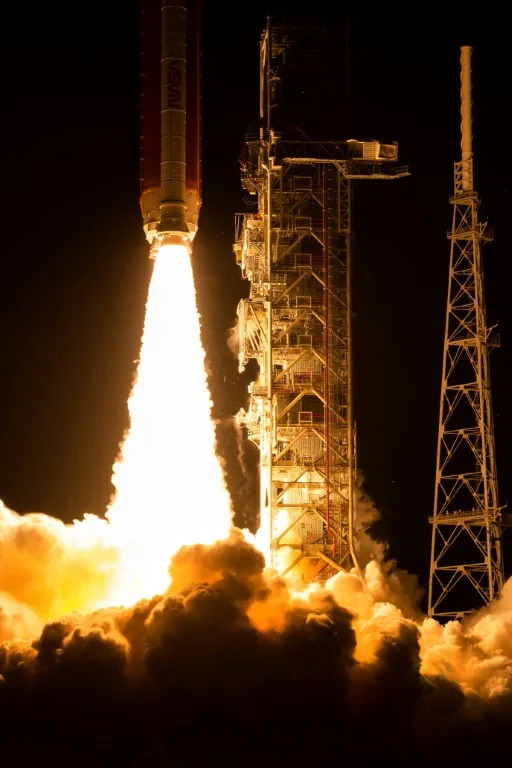Reuters
Tue, August 22, 2023

People displaced due to the fighting between TPLF and ENDF sit inside their shelter at the Abi Adi camp for the Internally Displaced Persons in Abi Adi town, Tigray Region
ADDIS ABABA (Reuters) - Ethiopia plans to organise a referendum to determine the status of territory disputed by the country's Tigray and Amhara regions, the defence minister said on Tuesday.
The government also vowed to dissolve what it called an "illegal administration" in the area run by the Amharas, potentially risking a further backlash from former allies in the country's 2020-2022 civil war.
Defence Minister Abraham Belay's comments are the government's clearest to date on its plans for the disputed territory, fertile farmlands officially known as Western Tigray where some of the most intense fighting of the war took place.
The remarks are likely to fuel Amhara complaints that federal authorities have turned their backs on Amharas, whose forces captured the lands while providing military support to the Ethiopian National Defence Force (ENDF) against rebellious Tigrayan forces.
Those grievances have been at the root of fighting that erupted late last month between Ethiopia's military and local militiamen across Amhara and led the government to declare a state of emergency.
Abraham, who is from Tigray, but remained loyal to the federal government during the civil war, wrote on his Facebook page that efforts were underway to allow people from these areas who were displaced by the conflict to return home.
Most of those who fled the disputed area identify as Tigrayan, while the territory is currently governed by Amhara forces and administrators.
"In those areas where an illegal administration was created, it will be dissolved," Abraham said. "The ENDF will ensure there are not any other armed forces except the federal security forces."
He said the status of the lands would be decided by referendum "when our people are ready, and without any pressure from anyone".
Amhara nationalists have opposed the idea of a referendum, calling it an improper way to determine the status of territory to which they say they have a clear historical right.
Tigrayan officials reject Amhara claims to the land. The federal constitution, which was drafted by a former Tigrayan-led federal administration in 1995, recognises the lands as belonging to Tigray.
A spokesperson for Amhara's regional government did not respond to a request for comment about Abraham's comments.
Tens of thousands of people were killed in the Tigray war, which ended with a peace deal between the government and Tigrayan leaders last November.
Amhara nationalists complained they were not included in the negotiations and felt betrayed by the deal's stipulation that the status of the disputed lands be resolved in accordance with the 1995 constitution.
Reporting by Dawit Endeshaw; Writing by Hereward Holland; Editing by Aaron Ross and Giles Elgood
How Ethiopia’s Amhara breadbasket became its biggest challenge
Samuel Getachew
Wed, August 23, 2023
The News
ADDIS ABABA — After a brutal civil war lasting two years, Ethiopia’s government has been scrambling to rebuild its once booming economy with appeals to international donors and investors. But instead of turning the corner and focusing on revival, Prime Minister Abiy Ahmed, 2020’s Nobel Peace prize winner, finds himself stuck in the middle of another dangerous, emotionally-draining ethnic battle with yet another formidable regional adversary in Amhara.
This week Ethiopia’s finance minister Ahmed Shide called on investors to help raise $20 billion as part of a wider recovery plan to revive the country’s crippled economy and rebuild its damaged infrastructure. But instead, with the outbreak of skirmishes then full-fledged conflict between federal forces and Amhara’s Fano militia since November 2022, Ethiopia has taken a big blow to one of its most economically important regions.
Companies like Safaricom, which has been rolling out its M-Pesa mobile money service nationally since the start of the year, have had to curtail operations in the province. The government has declared a state of emergency and suspended internet services. Meanwhile, the international flower trade has had to suspend exports from the region. So far the local investment bureau estimates that more than $45 million of damage has been done with more than 3,000 jobs lost as the economy has slowed since the regional skirmishes took hold last November.
Amhara administrators have told local press they estimate it will cost nearly half a trillion birr ($9.5 billion) to rebuild war-ravaged areas in a region that has contributed more than a fifth of national GDP in recent years.
“Investment in Amhara was already struggling from the previous conflict with many assets looted and destroyed,” said a regional investor, who asked not to be named due to sensitivities around the ongoing conflict. “Everyone remains in a suspended state of mind not knowing what to do with fear of more unrest coming down the road.”
Know More
The conflict between the Ethiopian government’s forces and the Fano militia in the Amhara region was triggered soon after a November 2022 peace deal between the government and the Tigray People’s Liberation Front (TPLF) to end a devastating two-year civil war in the north of the country. Instead of being welcomed unanimously as a war-ending pact, it was almost immediately questioned by the Amharas who said they had been excluded from the talks, even though they had fought alongside the federal army against the Tigray rebels.
The final straw seemed to be when Prime Minister Abiy proposed that all regional special forces should be integrated into the federal army and police force to boost ethnic unity. The Amharas saw that as leaving them vulnerable to future attacks from Tigray and have pushed back.
Earlier this month Abiy introduced a state-of-emergency in the province and conducted a “law enforcement operation” against the Fano militia. There has been growing resistance from the Amhara region with allegations of an attempt to weaken its power against the Tigray regional government with recurring boundary disputes.
The protracted conflict has disrupted supply chains and blocked critical overland trade routes that keep Amhara’s marketplaces alive. The region is an important breadbasket for Ethiopia and prices of staple food have risen sharply since the outbreak of this latest conflict. The cost of teff, the main grain used to make injera bread, is estimated to have almost doubled in the Addis area, according to recent media reports.
Samuel’s view
It seemed like only a few years ago that Ethiopia was one of the fastest growing economies in the world. It was remarkable for a country with Africa’s second largest population of over 125 million people. That rapid economic growth brought international players who helped develop key investment across the country at industrial parks and local factories.
But now most foreign investors in the Amhara region are being impacted as a result of the recurring conflicts, including European breweries such as Bavaria, which was forced to temporarily halt production, and various Chinese manufacturers located inside the Hawassa industrial park in the Sidama region.
This follows the loss of tariff-free access under the United States’ Africa Growth and Opportunity Act (AGOA) preferences, withdrawn last year due to suspected human rights abuses during northern Ethiopia’s conflict.
With the growing influence of international investors in Ethiopia’s economy over the last decade of rapid growth, it is notable that there are now significant concerns about the volatility of the country. Many will likely take their chances elsewhere in the region.

Most of those impacted during the current conflict are international businesses such as flower growers from the Netherlands who helped the region create thousands of jobs and bring much needed hard currency to Ethiopia.
There are, of course, many other unintended consequences for long-term development if the country is distracted by internal volatility. Take for example the dispute ongoing between Ethiopia’s Railway Corporation and Yapi Merkezi, a Turkish construction company before a UK arbitration board over an aborted railway project. It was to have been built across the Amhara region but the $1.7 billion project was heavily damaged during the two-year northern conflict. The Turkish company is seeking $500 million in compensation.
It will likely take several years for Ethiopia’s economy to fully recover from these spasms of conflict and in that time a decade of development and progress would have been squandered.
Room for Disagreement
Some analysts remain optimistic about Ethiopia’s long-term potential to become a regional investment hub — despite the current security challenges.
“Even during the Tigray war, the (Ethiopian) government has shown that it can attract foreign direct investments,” said Patrick Heinisch, an African analyst at German commercial bank Helaba. “Foreign investors know that the government relies on forex brought in by foreign investment and investors are aware they can purchase state assets at a cheaper price compared to other times as the government begins to privatize”, Heinisch added.
The View From AMSTERDAM
“Investing in Ethiopia for us is a long-term investment. We look ahead at a bright Ethiopian future instead of only looking at the current struggles,” said Jan Groenen, CEO of Dutch African Investment Holdings and a major coffee brand that exports to the European market from Ethiopia.
Notable
The conflict in the Amhara region has “wreaked havoc on local industries,” reports the Addis Standard which quotes an initial estimate of 2.5 billion birr in damages.
















